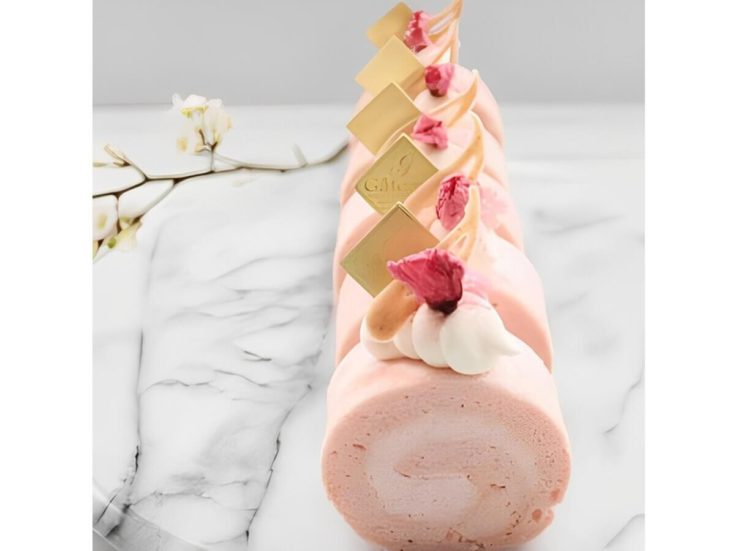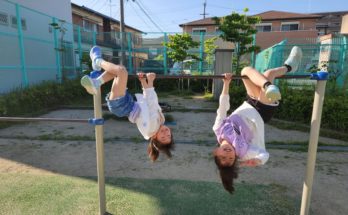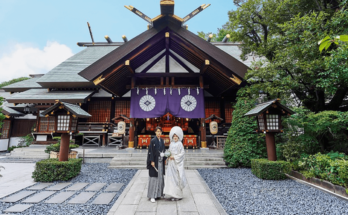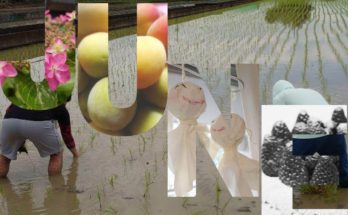Cherry Blossom Rolled Cake made by minosuke*
After a long, cold winter, under the blue sky, people walk while looking up at cherry trees. In the stores, there are various types of Japanese sweets and Western-style pastries with cherry blossoms or its leaves. If you feel the vibe in Japan, spring is just around the corner! Today, let’s take a closer look at the Japanese sentimentality for our beautiful cherry blossoms.
1. When cherry blossoms bloom
Do you know when cherry blossoms bloom? It varies a bit depending on the region, but typically it’s from late March to early April. The spread of cherry blossoms blooming from south to north is called the “sakura-zensen” which means cherry blossom front. The Japan Meteorological Agency and the media report every year on the expected and actual movement of the “sakura-zensen.” The movement of it is an exciting sign of spring coming to Japan.

2. Reasons Japanese people love cherry blossoms
Why do Japanese people love cherry blossoms so much? The excitement for cherry blossoms begins when the buds start to swell ever so slightly, signaling the beginning of a warmer season after the long winter. Checking the progress of the buds when commuting becomes a daily ritual, which is perhaps not experienced in car-centric societies. Once a few flowers begin to bloom, a few sunny days quickly bring about full bloom. The period of full bloom lasts around one week, and after that, unfortunately, if, (but actually it often happens,) it rains, the flowers scatter all at once. That anticipation and fleeting beauty captivate our hearts.
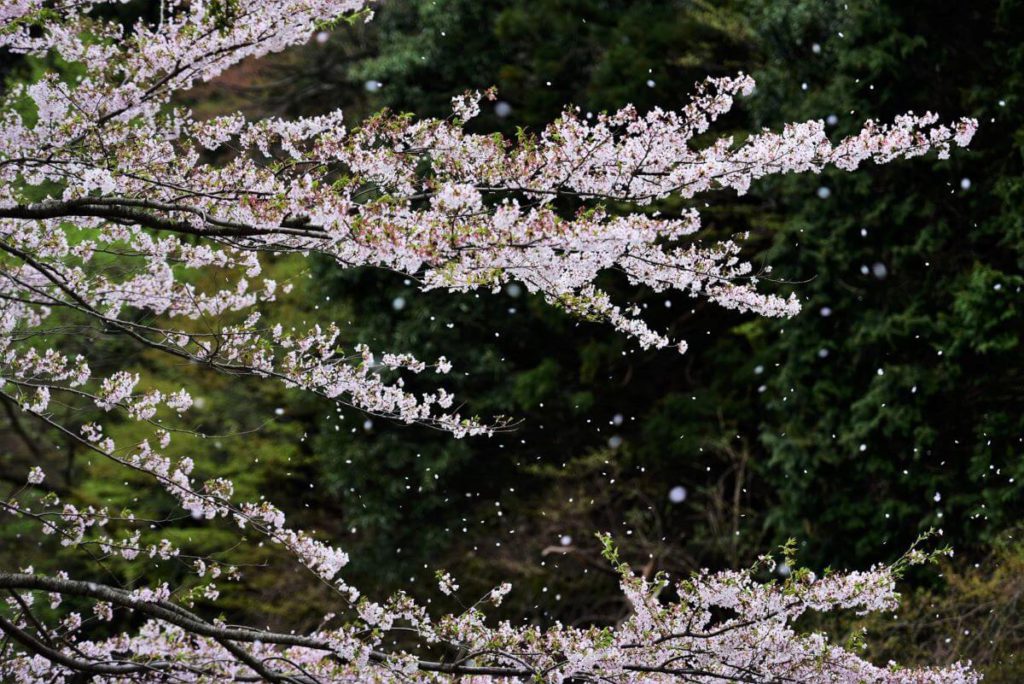
3. Ancient poetry
Japan has a culture called “waka.” Waka is a traditional form of Japanese poetry. It has a unique rhythm and is a short poem that expresses emotions and scenery, often focusing on seasons, nature, and love. Representative collections like the “Manyoushu” (a collection of waka from the 7th to 8th centuries) and the “Kokin Wakashu” (a waka collection from the early 9th century), both of which contain poetries related to cherry blossoms. In these poetries, the momentaneous nature of the flower is often used as a metaphor for the fleetingness of life and love.

4. Modern Japanese music, J-POP
In modern Japanese music, J-pop as well, there are many songs related to cherry blossoms in various genres. In the “enka” genre, which is like ballads expressing deep emotions and picture truths of life, cherry blossoms are often sung about in the context of love and life, similar to ancient times. On the flip side, in genres like “idol” music, known for its high entertainment value with dance performances, and the genre of “singer-song-writers” who write and compose their own songs and perform them themselves, cherry blossoms are often portrayed as symbols of parting with dear friends and the beginning of new lives and futures.
Can you guess why? It’s because the Japanese school year starts in April and ends in March. For Japanese people, spring is a special season where they experience farewells while also feeling excited and anxious about new beginnings in life. Also, for parents with children, spring marks significant milestones in their parenting, such as advancing to the next grade or entering a new school, making them aware of their children’s growth. The beauty and fleeting nature of cherry blossoms further heighten these emotions.
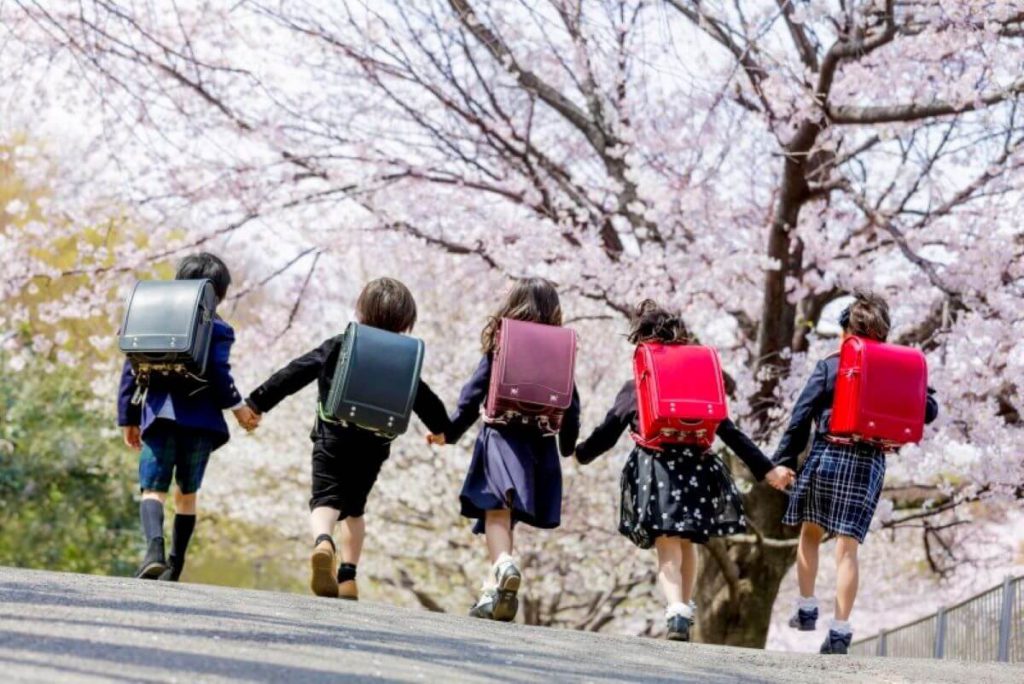
Here, I’d like to introduce one of the famous songs, “Sakura” by Naotaro Moriyama. I will also share a link to a website with its lyrics, The lyrics here are accompanied by “furigana**” for the kanji characters. Why not practice and sing this song at karaoke?
https://utaten.com/lyric/ja00010819/
Lastly,
Cherry blossoms have been pictured in many poems and songs from ancient times to the present. It illustrates how deeply rooted this flower is in Japanese culture. One of the big reasons is the fleeting beauty. However, what we must not forget is that soon after the sadness, the beautiful “ha-zakura” season comes. “Ha” means leaves in Japanese, and “ha-zakura” refers to cherry trees covered with fresh green leaves that emerge after the flowers fall. Under the shining sun, these “ha-zakura” sway enthusiastically in the wind, truly beautiful. Moreover, these cherry trees endure the hot summer and the cold winter, only to bloom beautiful flowers again in the next spring. This cycle of beauty’s reincarnation captivates us. I believe that even as various technologies develop, our special feelings toward the flower will remain unchanged.

*The links featured in this blog are used with permission from the original sites.
**furigana: Japanese reading aid consisting of small hiragana or katakana characters written above or alongside kanji characters to show their pronunciation.
I live in Osaka and teach Japanese as a volunteer. My dream is to live in Malta, an island country in the Mediterranean, after retirement.

